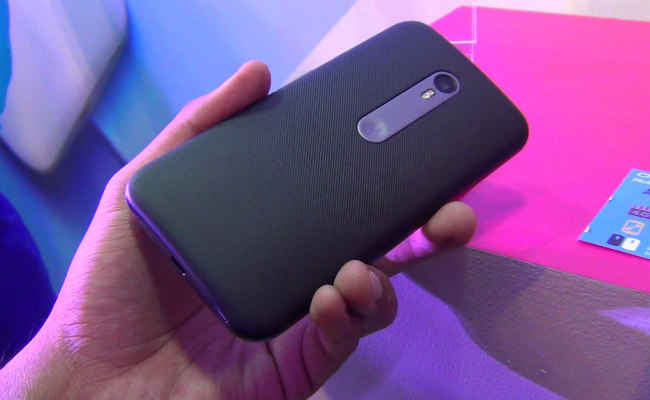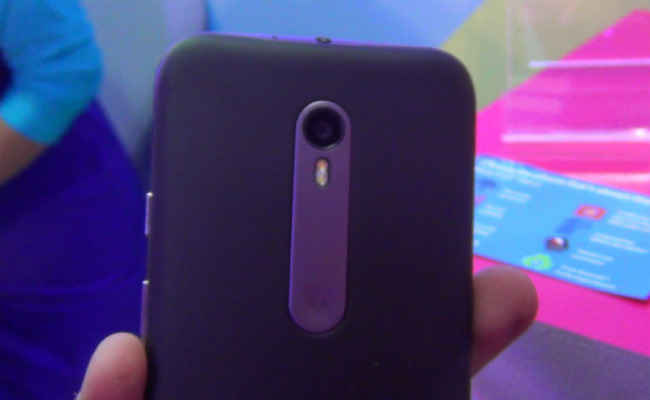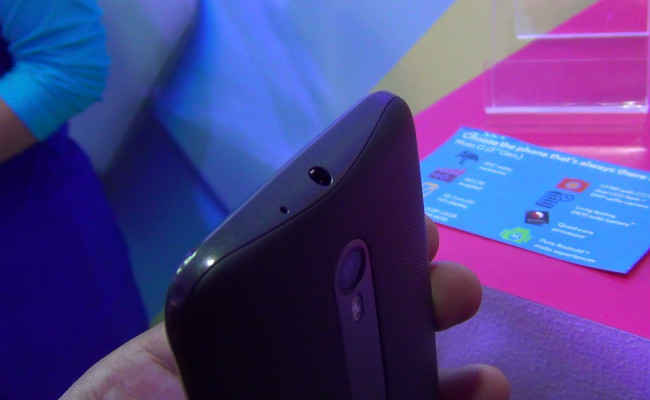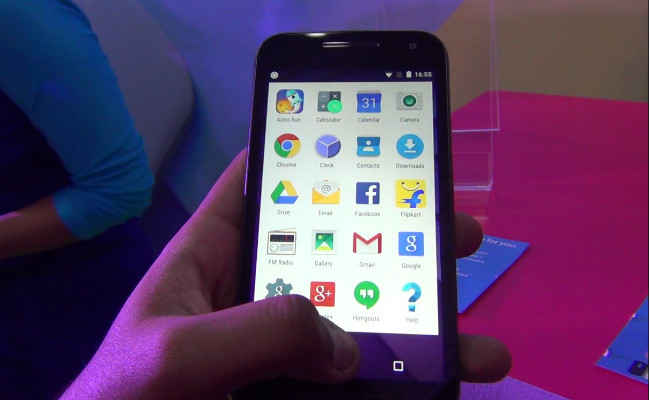Moto G (3rd Gen): First Impressions
Moto G (3rd Gen) First Impressions: Simply put, the new Moto G is decent, but doesn't belong in this market.
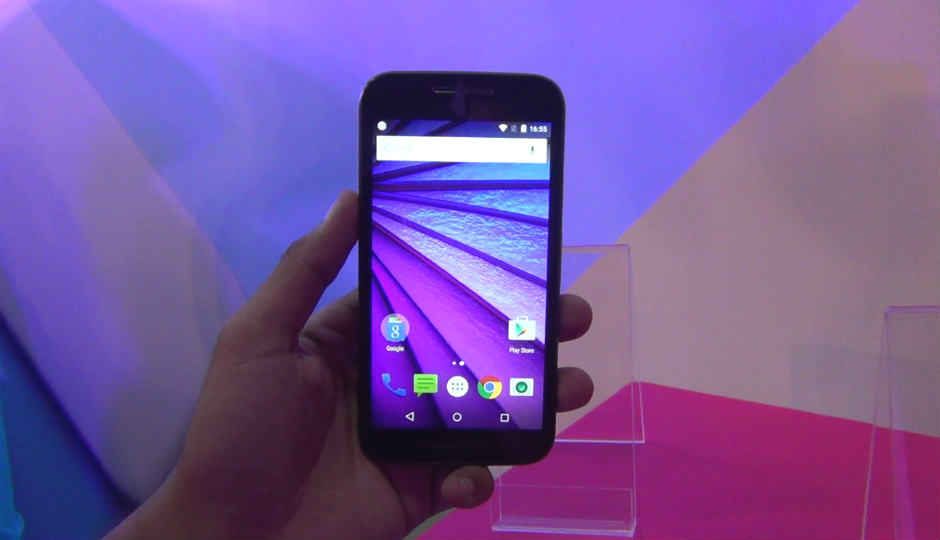
When Samsung was going about with its plasticky smartphones, it took a while for it to actually listen to consumers and revamp its design. Something similar seems to be happening with Motorola. The company’s third generation of the Moto G is once again an incremental update at best. Perhaps that’s the reason why Motorola is calling it the Moto G (3rd Gen). The question that remains to be answered is are you happy with an incremental upgrade?
 Survey
SurveyThe new back cover on the Moto G (3rd Gen) adds grip.
On the one hand, Motorola does offer a comparatively better brand image than Xiaomi, while on the other, it’s simply outclassed by the competitors around it. I’m not saying Xiaomi and company are the end all and be all of the smartphone universe, but Motorola’s repeated claims about customer service could be getting stale fast, just like it did for Samsung. In fact, the company is acting more like a Samsung of the budget segment.
While the Moto G (3rd Gen) is thicker and heavier, it doesn't feel so.
At Rs. 11,999, the 8GB ROM/1GB RAM model of the Moto G makes little sense compared to its competitors. The Snapdragon 410 is a minor improvement over the Snapdragon 400 that ran on the older Moto G models, while competitors all run on the Snapdragon 615 at least. We always say that specs don't always make the phone, except that in this case it does. The Moto G, at least on first impressions, seems to perform like any other Snapdragon 410-powered device, including the Moto E (2nd Gen).
The camera on the Moto G (3rd Gen) stands at 13MP, with the same sensor as the Nexus 6.
When the Moto G first came in with its stock Android UI, it made a lot of sense, since UI customisations at the time were made at the cost of performance. But not anymore. Many or even most companies have mastered the art of stitching their UI customisations into the OS. Xiaomi’s MiUI, which should ideally be the most intensive, uses the same amount of memory that the stock Android UI uses. In fact, Android itself is not the best OS out there when it comes to resource management. Don’t get me wrong, it’s not that stock Android is a bad idea, it’s just a pointer to what’s actually happening with Motorola, it’s explanations are slowly falling apart.\
The Moto G (3rd Gen) is a decent device, but not one that belongs in the current market.
What I’m saying here is that while a Motorola fan will still go and buy the Moto G, it’s not enough for the company to actually ‘increase’ its market. The Moto G (3rd Gen) is a decent phone, it’s just outclassed by its competition. If you’re looking for a parallel, just think back to why you didn’t like the Samsung Galaxy S5 even though it had its plus points.
The good thing here is that the phone is practically water-proof. The IPX7 rating means that it can survive under three feet of water for 30 minutes. The X indicates that it hasn’t been tested for dust-proofing. This doesn’t mean it isn’t actually dust-proof, just that it hasn’t been tested. In addition, at 155 grams and 11.6mm, the new Moto G is also slightly heavier and thicker than its predecessor, but it actually doesn’t feel that way.
The stock Android UI is good for those who like it.
The overall feel of the device isn’t premium per se, but it’s still good enough. The rubberised plastic back feels good and provides grip, but I’m once again forced to mention that its competitors all feel much more premium.
Overall, the Moto G (3rd Gen) is a decent device, which isn’t as good as its competitors. Yes, Motorola can claim better support, and that’s the only reason to buy this over the Xiaomis and Lenovos of the world. If you don’t care about that though, which many consumers today don’t, then it’s just another phone that doesn’t deserve your attention or money.It's a phone that doesn't belong in the current market, and Motorola needs to realise that as soon as possible.
Buy Moto G (3rd Generation) on Flipkart at Rs. 12,999
